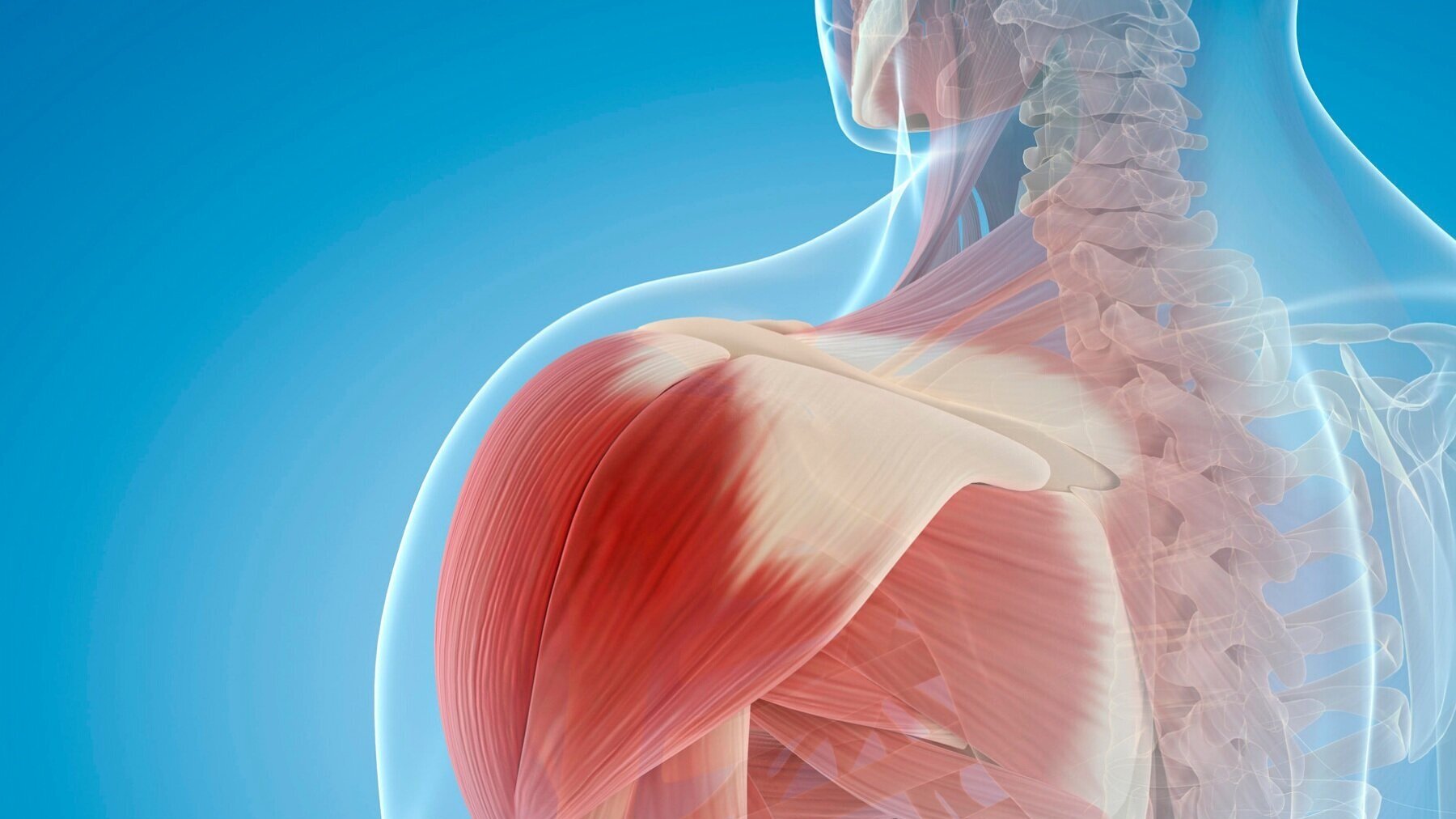MANAGING EMOTIONS THROUGH MYOFASCIAL RELEASE
A Path to Feeling Good
I’ve been working as a physical therapist, certified health coach, and functional genomics consultant for many years. One valuable lesson? Self-care. I’m much more effective as a healthcare practitioner when I put on my own oxygen mask first. My own coaches often remind me: “Take care of your emotional health and wellness or you’ll deplete your personal resiliency.”
When I’m teaching a lot of workshops and helping others, I make a conscious effort to stop and follow their advice. These wise ones have come into my life in a blend of grace and serendipity, and I like being able to pass this wisdom on to my clients.
Thoughts and Emotions Affect Our Bodies
We forget, or perhaps we never realize, how much our thoughts and emotions affect our bodies. Do you clench or grind your teeth when faced with difficult situations? How many times a day do you find yourself relaxed and really happy? If you’re like most humans, truly joyful moments are far and few between. Anger and negativity can creep in and become too familiar and too much with us.
In Louise Hay’s book You Can Heal Your Life, she recommends pounding something soft, like a pillow, to release anger or resentment trapped between our tissues. We can bury or bottle up our negative emotions, but that energy goes into our body and gets trapped there. Energy healer Amy B. Scher discusses that here. Pounding a pillow, playing the drums, any kind of physical activity can help release those trapped emotions. It’s a great DIY at-home therapy to let go of any toxic emotions. You want to release bad feelings like frustration, bitterness, anger, or resentment before they build up and cause disease.
Myofascial release can have a similar, freeing effect for many of my clients.
What is myofascial release?
Myofascial release is a highly effective, whole-body approach to the evaluation and treatment of pain and dysfunction. During a session, I will find areas of tension on the body and place my hands in a client’s fascia–the connective tissue network beneath the skin that helps stabilize our bodies.
When long, stretching strokes are applied it can help relieve pain, balance tissue, and extend our range of motion. I will hold a position for several minutes. In this sustained hold, the tension will often melt away.
Some of my clients experience an emotional response; they may shed a few tears or enjoy a sense of euphoria.
Twenty minutes into an hour-long session, a new client smiled, exclaiming,
“Wow, my body feels so light, like I just lost ten pounds.”
I teased her. “Sounds like you just got rid of some baggage.”
“Oh, that feels amazing!” She was delighted.
As an intermediate-level John Barnes-trained myofascial release therapist, I watch many clients embark on that same journey of discovery. Their bodies let go of pain and negative emotions. They walk out of my office, standing a bit straighter, relaxed and smiling.


